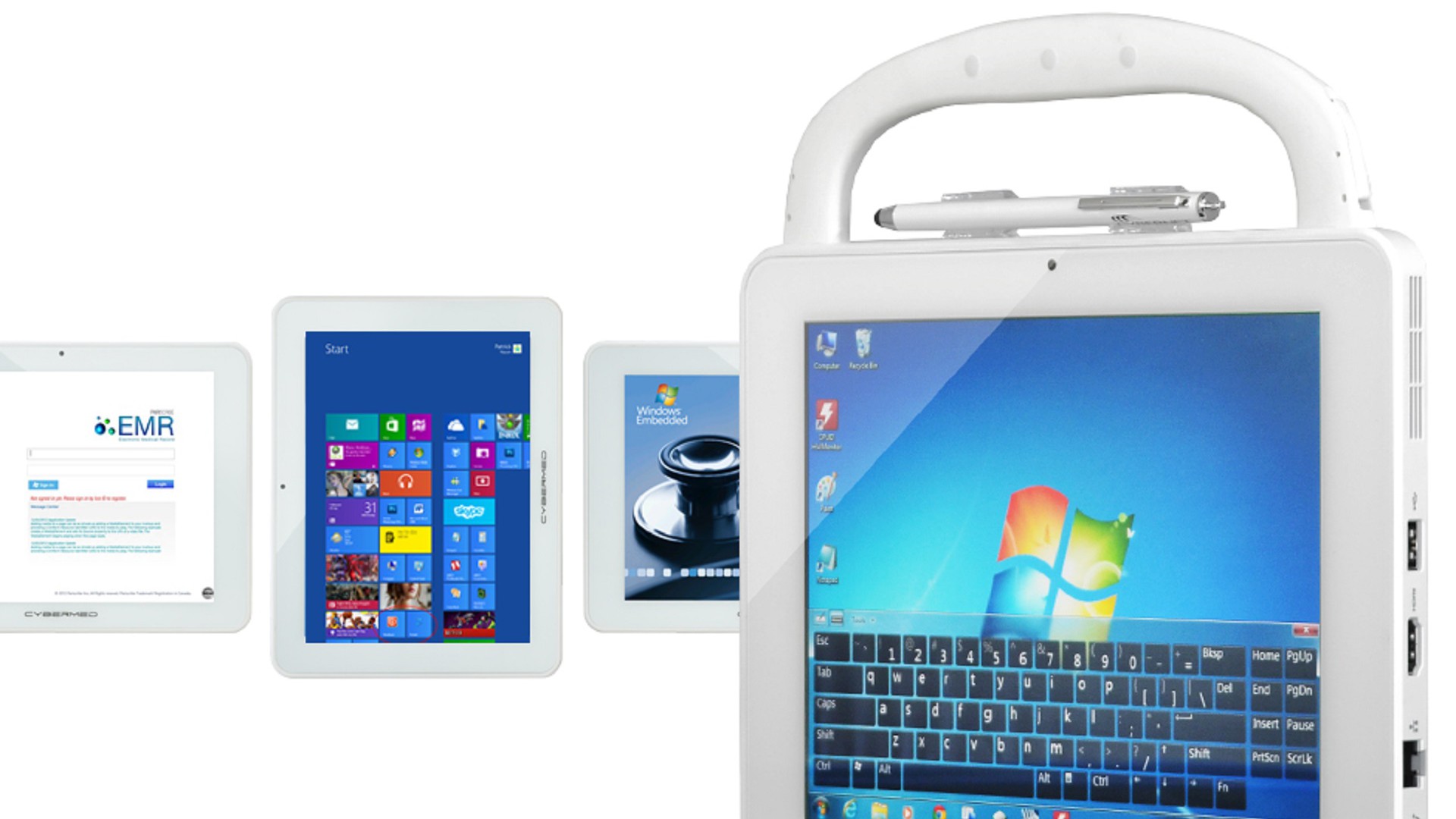Wouldn’t it be great if no one made errors? Unfortunately, that’s not the world we live in.
Errors in production from not enough raw material to miscounting shipping containers can impact a business’s bottom line. It’s estimated, for example, a wrongly shipped order can cost companies between $25 to $45 each. If one assumes an error rate of 14 percent for every 100,000 orders shipped each year, these fulfillment cost errors climb rapidly into ten of thousands of dollars.
So companies are constantly looking for ways to prevent such errors or, at the very least, reduce them. Lean manufacturing, which many companies follow, actually incorporates such strategies as one of its principles. Referred to as poka-yoke (literally “avoiding mistakes”) in Japanese, this principle can be applied to virtually any part of a company’s processes. Barcode scanners and RFID technology are examples of real-world tools implementing poka-yoke in business production.
Why Use Barcode Scanners and RFID Readers?
Article Guide
Barcode scanners and RFID readers help companies track their assets throughout the production process. Depending on the business, this can mean documenting raw materials arriving at the manufacturing plant, noting which employees and equipment were used to process the materials, to following the pallets of finished products being loaded onto cargo ships. Both technologies consist of two parts: labels (also called tags) and a scanner / reader. The labels, which contain data of that particular piece or good, are read by their specific scanner. The information is then stored into a database.
Both systems are far superior methods of data collection than manual ones like data entry by hand or using pencils and forms. Such methods have a high chance of human error depending on the organization.
Pennsylvania-based Sensus, which manufactures, supports, and maintains utility meters, stated it used a lot of manual processes. These ranged from tracking inventory levels to employees clocking in and out for their shifts. Both processes took a lot of time, energy, and were error-prone. To deal with these and other issues, the company turned to barcode scanners and RFID as solutions. (More on that later.)
How Barcode Scanners Light the Way In Reducing Production Errors
Barcode scanners work by sending a beam of light to the tag affixed on an item. It then reads and stores the information on the tag like the item’s name, SKU number, and manufacturer. Note there must be a physical line-of-sight between the two as well as good lighting.
Barcode scanners, with a greater than 99.9 percent data accuracy when utilized correctly, help reduce production errors by:
- Helping companies know exactly how much raw material for a particular product they have, and when it’s time to order more.
- Creating a maintenance log of frequently-used tools. This helps reduce errors in the production of products by keeping them in tip-top shape.
- Eliminating some of the loss typically associated with incidentals like returnable packaging. The production line won’t be halted if such packaging hasn’t been returned for re-use.
- Tracking a particular machine or piece of equipment especially if it’s custom, expensive, or takes a long time for delivery.
That last advantage may have been on CPI’s mind when it sought out a barcode scanner. The Pennsylvania-based company manufactures seamless pressure vessels and steel cylinders, a arduous and time-intensive process. To ensure there are no production errors that could lead to a drop in quality, CPI creates barcode tag sheets with numbers correlating to the metal tubes used in the process. A barcode scanner would then scan the tag on each one as it makes its way through production, a process which could take 8-10 weeks. That way workers could determine exactly where a particular piece had been if there ever was a quality assurance issue.
Tuning Down Production Errors with RFID
Radio frequency identification, or RFID, as its name states, scans tags with radio waves. Thus, it doesn’t need physical line-of-sight like a barcode scanner and can scan multiple items at once. The tags also store greater amounts of information thanks to a chip embedded in them. An RFID tag, in addition to an item’s name, SKU number, and manufacturer, can contain the item’s use history or even a photo.
The ways RFID reduce production errors include:
- Performing inventory counts completely, in mere minutes, and without error since no direct line of sight is required using RFID.
- Locating misplaced inventory since RFID tags can contain its exact location. This can be done by placing RFID sensors around the warehouse, for example.
- Embedding sensors in an RFID tag to measure temperature, humidity, or moisture. That way, products damaged by such environmental factors are not used or shipped to customers by accident.
Example: Rusty’s Weigh Scales definitely had RFID in mind when developing an industrial weighing scale for the cotton industry. Specifically, the Texas-based company needed a VESA mount PC that could work with the company’s own RFID tagging software. That’s because cotton growers would tag bales of cotton with vital information such as their quality, type, and even seeds. The PC’s built-in RFID scanner made accessing such information quick and virtually error-free.
Barcode Scanning and RFID Mix It Up To Reduce Production Errors
The goal to make a company as error-free as possible can be applied throughout its entire production process. So, when it comes to barcode scanning and RFID, it’s important to know their limitations. That way, companies can determine where best to utilize them.
Barcode scanners, as mentioned earlier, need a physical line-of-sight between the scanner and the tags. It won’t be able to scan the barcode placed on the top of a box that’s stacked on top of three other ones. RFID, on the other hand, has no such restriction. In fact, RFID readers have a greater range than barcode scanners, allowing workers to track assets from some distance as well as out of sight.
RFID has its own limitations for companies to seriously consider. Areas with a lot of electromagnetic radiation can make RFID unusable. RFID readers may have difficulty differentiating between tagged items if they’re all bunched up close together. Products like magnets or others composed with certain metals can make RFID scanning unreliable.
Then there’s cost. Comparisons between RFID and barcode technologies show RFID labels priced between $1 to $30 each depending on their complexity. Contrast this to barcodes labels, which cost pennies to generate. Companies will also be paying 10X more for RFID scanners than their barcode counterparts.
Target Production Errors with Right Tool(s)
Sensus, which was introduced at the beginning of this post, must have weighed these advantages and limitations when it decided to use both for its plant. Rugged industrial tablets with built-in barcode scanners could now track inventory automatically and accurately. This helped reduce any errors in that process as materials were pulled from the warehouse and brought to the production floor. Errors created by the long wait by employees to log in or out were also reduced thanks to the built-in RFID scanner found in a panel PC on the floor as well as optioned in the tablets.
Production errors are costly. Businesses realize this and strive to eliminate, or at least reduce them, as much as possible. Barcode scanners and RFID readers are solid tools in reducing production errors, and can be used in many different ways as illustrated by manufacturers CPI, Rusty’ Weigh Scales, and Sensus. We at Cybernet are proud to offer both barcode and RFID technologies integrated into our line of industrial and medical panel PCs. If you are interested in learning how, contact our experts today!
How Medical Tablets Barcode Scanners Are Reducing Errors in Healthcare
December 3, 2015
Technology is dramatically changing health care as we know it. Patient care is improving. The speed in which medical decisions are being made about a patient’s care is quicker than ever. Electronic medical record (EMR)…
0 Comments4 Minutes
RFID Tablet Technologies Solving Problems in the Hospital
March 23, 2018
A hospital is an unpredictable environment. One moment hallways are calm and clear; the next, staff are bustling to get a patient into the emergency room. Errors are not uncommon. Thankfully, technology has evolved over…
0 Comments5 Minutes
You Can't
Learn from a Pop-up
But we can deliver knowledge to your inbox!
We dive deep in the industry looking for new trends, technology, news, and updates. We're happy to share them with you.
Knowledge, News, and Industry Updates Right in Your Inbox




